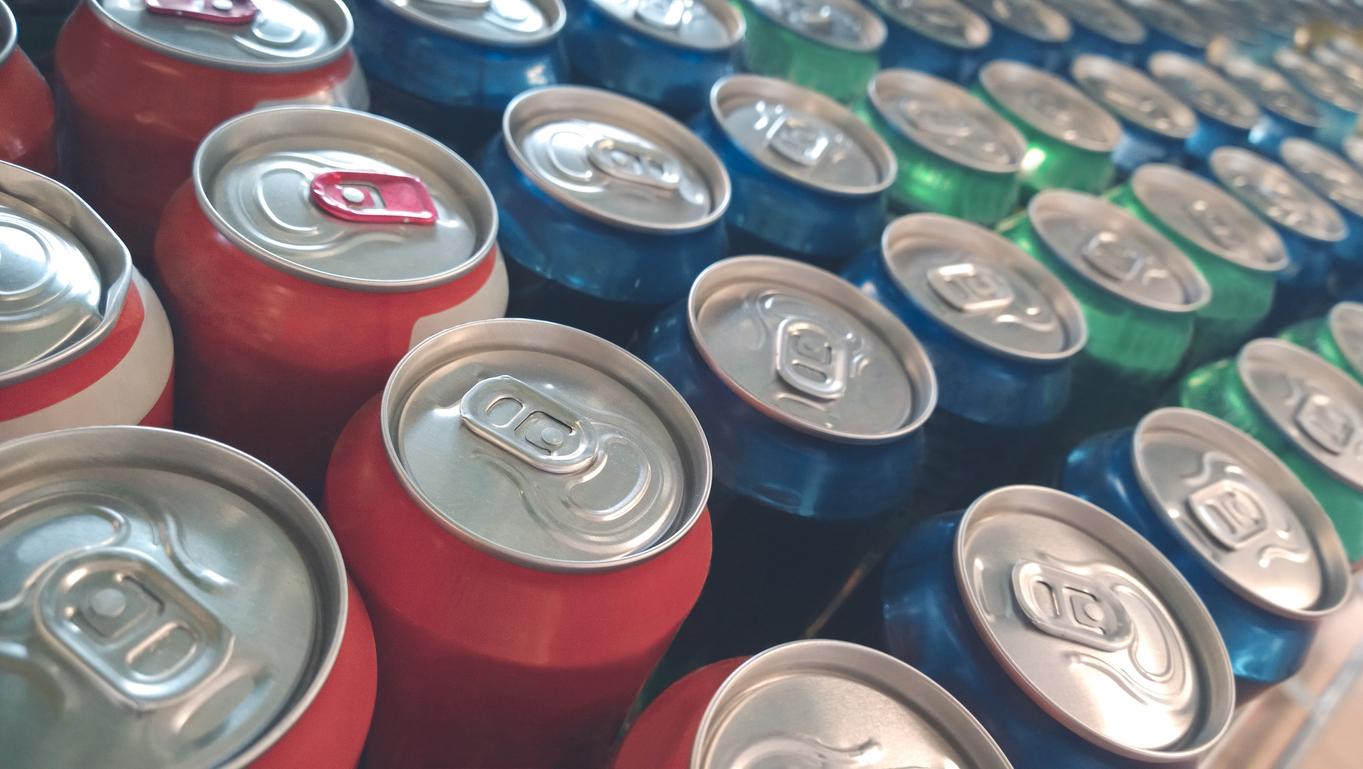When the body digests red meat, it produces a chemical compound that can increase the risk of heart disease. Explanations.

Red meat is once again singled out. A research carried out within the cleveland clinic in the United States shows that its digestion produces an intestinal bacterium harmful to heart health. Other studies had already highlighted the links between cancer and consumption of red meat.
Cleveland Clinic researchers find a new link between a diet rich in red meat and an increased risk for heart disease.
Read more: https://t.co/SGaJ3CUsAU pic.twitter.com/1N9YHGnES2— ClevelandClinicNews (@CleClinicNews) December 10, 2018
A substance produced during digestion
When red meat is consumed, trimethylamine N-oxide (OTMA) is produced in the gut by the bacteria present. This phenomenon is linked to the ingestion of certain nutrients present in this type of meat mainly : lecithin, carnitine and choline. If a person consumes large quantities of red meat, his kidneys will have difficulty in evacuating the OTMA, or if there is too much of it in the body, the risk of arteriosclerosis and heart disease increases.
From effects from the first month
To test their results, the researchers conducted a study on 113 participants. Two groups were created: in the first, 25% of daily caloric intake was made up of red meat. In the second it was white meat or vegetable proteins. After one month, red meat eaters had higher OTMA levels in blood and urine. It was on average 3 times higher than that of people following the other diet. In some participants, it was even 10 times higher. As soon as people resumed their normal diet, the levels stabilized at their previous level.
NASH, cancers…: the list of dangers is growing
The dangers of too much red meat consumption are regularly the subject of scientific studies. In October 2015, the International Agency for Research on Cancer classified red meat as probably carcinogenic to humans. It would increase the risk of contracting colorectal cancer. Too much consumption of red meat and cold cuts can also be responsible for NASH, also called fatty liver disease. To reduce the risk, you have to eat less. According to specialists, twice a week would be more than enough.
.















